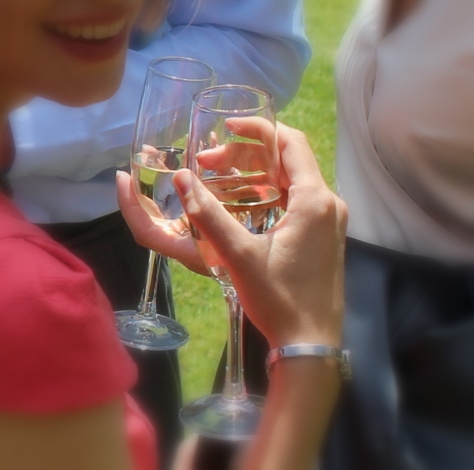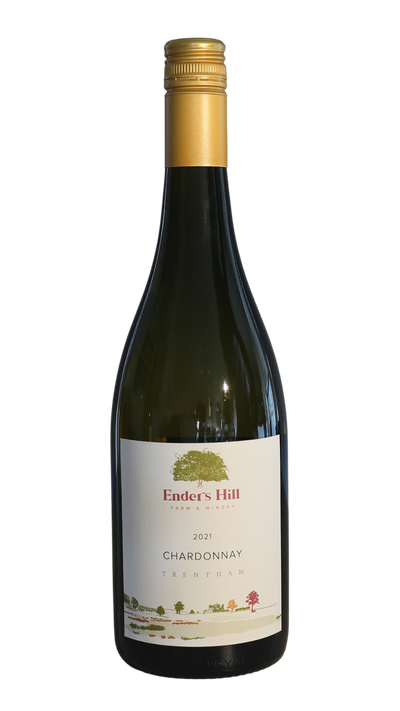Wines with Bubbles
Champagne is a region in France and under EU and international laws only wine that comes from the region can be labelled as Champagne. Sparkling wine, on the other-hand, can be made just about anywhere, using the traditional method or by simply adding carbon dioxide. The traditional method (or Méthode Champenoise) for introducing bubbles in the wine involves a secondary fermentation in the bottle. This is essentially achieved by adding yeast and sugar to each bottle. As the fermentation takes place carbon dioxide is released, which creates the bubbles. Cheaper sparkling wines simply carbonate the wine by injecting carbon dioxide, like a soft drink.
What is the difference between tasting a still wine and a sparkling wine? Obviously the main difference is the bubbles. When it comes to assessing the bubbles in sparkling wines most of what you are looking at is the bead and the mousse. The bead refers to the chain of bubbles that rise up from the bottom of the glass and go to the top of the wine. The mousse refers to the bubbles once they have reached the surface of the wine. Quality wines made in the Méthode Champenoise style will have some of the smallest bubbles of sparkling wines, the bead will be fine and the mousse ‘persistent’ - meaning it will stay in the glass longer than a cheaper sparkling wine.
When pouring sparkling wine, you should tilt the glass and pour slowly, to retain as many bubbles as possible. 




Leave a comment